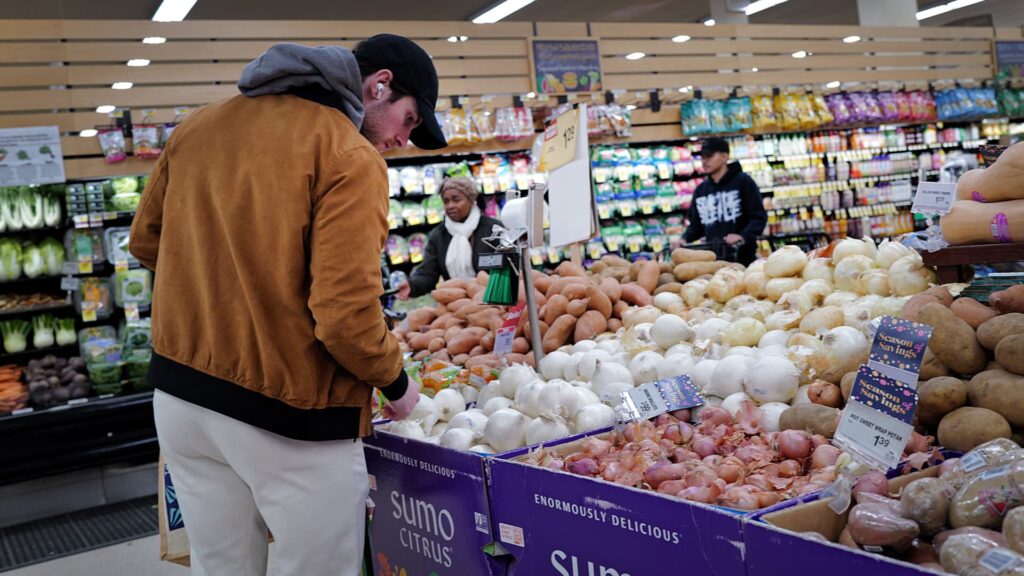Inflation rose in line with expectations in January, according to an important gauge the Federal Reserve uses as it deliberates cutting interest rates.
The personal consumption expenditures price index excluding food and energy costs increased 0.4% for the month and 2.8% from a year ago, as expected according to the Dow Jones consensus estimates.
Headline PCE, including the volatile food and energy categories, increased 0.3% monthly and 2.4% on a 12-month basis, compared with respective estimates for 0.3% and 2.4%, according to the numbers released Thursday by the Commerce Department’s Bureau of Economic Analysis.
The moves came amid an unexpected jump in personal income, which rose 1%, well above the forecast for 0.3%. Spending decreased 0.1% versus the estimate for a 0.2% gain.
January’s price rises reflected an ongoing shift to services over goods as the economy normalizes from the Covid pandemic disruptions.
Services prices increased 0.6% on the month while goods fell 0.2%; on a 12-month basis, services rose 3.9% and goods were down 0.5%. Within those categories, food prices accelerated 0.5%, offset by a 1.4% slide in energy. On a year-over-year basis, food was up 1.4% while energy fell 4.9%.
Both the headline and core measures remain ahead of the Fed’s goal for 2% annual inflation. While the Fed officially uses the headline measure, policymakers tend to pay more attention to core as a better indication of where long-term trends are heading.
The news showed modest impacts on markets, with stock market futures mixed and Treasury yields slightly higher. Futures markets where traders bet on the direction of interest rates also indicated little movement, with pricing tilted toward the Fed’s first rate cut coming in June.
Thursday’s BEA report also showed that consumers are continuing to dip into savings as prices stay elevated. The personal savings rate was 3.8% on the month, slightly higher than December but off a full percentage point from where it was as recently as…
Read the full article here





